The world of snakes is as diverse as it is fascinating, with over 3,000 species displaying a remarkable range of behaviors, temperaments, and personalities. From the famously gentle corn snake to the notoriously defensive king cobra, these reptiles exhibit varying levels of docility that intrigue both herpetologists and pet enthusiasts alike. Understanding why certain snakes are more docile than others not only enhances our appreciation of these misunderstood creatures but also helps potential snake owners make informed decisions about which species might best suit their experience level and lifestyle. This guide explores the complex factors that influence snake temperament, from evolutionary adaptations to individual personality traits, providing insight into the behavioral diversity of these remarkable reptiles.
Evolutionary Adaptations and Defense Mechanisms
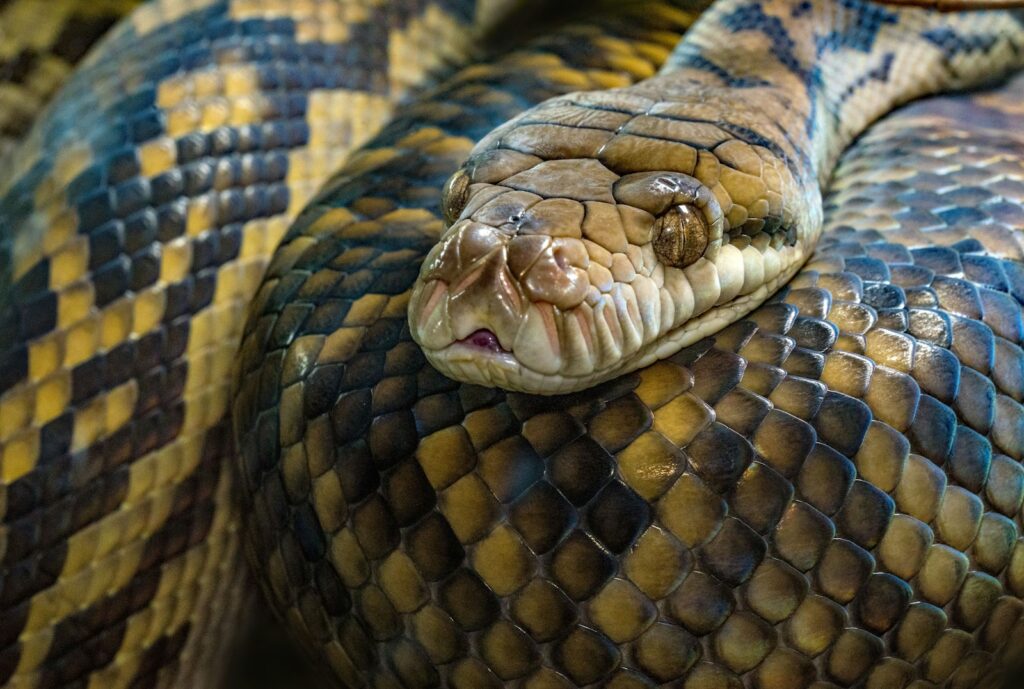
A snake’s temperament is largely shaped by its evolutionary history and the defense mechanisms it has developed to survive in its native habitat. Species that evolved with few natural predators or effective defense mechanisms beyond camouflage often developed more docile temperaments as their primary strategy for survival was to remain hidden rather than confront threats. Conversely, snakes that evolved alongside numerous predators typically developed more aggressive defensive behaviors to protect themselves when discovered. These evolutionary adaptations explain why some species, like the ball python, which defends itself primarily by curling into a ball, tend to be more docile than species like the black mamba, which relies on speed, venom, and aggressive displays to deter predators. The environmental pressures faced by a species over millions of years have essentially hardwired certain behavioral tendencies that we now interpret as docility or defensiveness.
Venom as a Factor in Temperament

There’s an interesting correlation between venom potency and snake temperament that helps explain behavioral differences across species. Highly venomous snakes often display more cautious or defensive temperaments because their venom represents a significant metabolic investment—it’s energetically costly to produce and requires time to replenish after use. Species like the gaboon viper or king cobra typically prefer to avoid confrontation, using their venom only as a last resort when threats persist. In contrast, non-venomous species or those with mild venom must rely more heavily on physical deterrents like striking, musking, or aggressive displays to ward off predators. This explains why some moderately or mildly venomous species may actually display more defensive behaviors than their more potently venomous counterparts. The relationship between venom and temperament is complex, however, as ecological factors and evolutionary history also play significant roles in determining a species’ behavioral tendencies.
Size and Vulnerability Influence Behavior
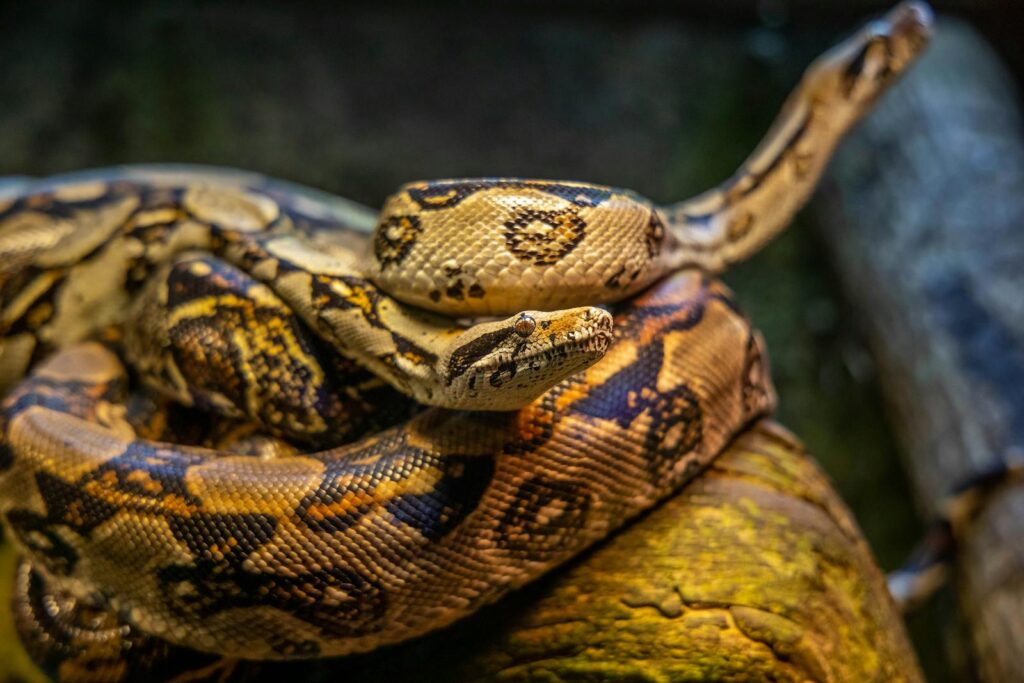
A snake’s size significantly influences its temperament, with smaller species and juveniles typically displaying more defensive behaviors than larger adults. This behavior directly correlates with vulnerability—smaller snakes face a greater number of potential predators and have fewer physical resources to defend themselves, making flight-or-fight responses more pronounced. Larger snakes, particularly giant constrictors like the Burmese python or anaconda, often exhibit more docile temperaments as adults because their size alone deters most potential threats. This size-docility relationship explains why many snake species undergo behavioral changes as they mature, with defensive juveniles developing into relatively calm adults. The notable exception to this pattern occurs during breeding season, when even typically docile large snakes may become more territorially defensive or aggressive, particularly males competing for access to females.
Wild vs. Captive-Bred Temperaments
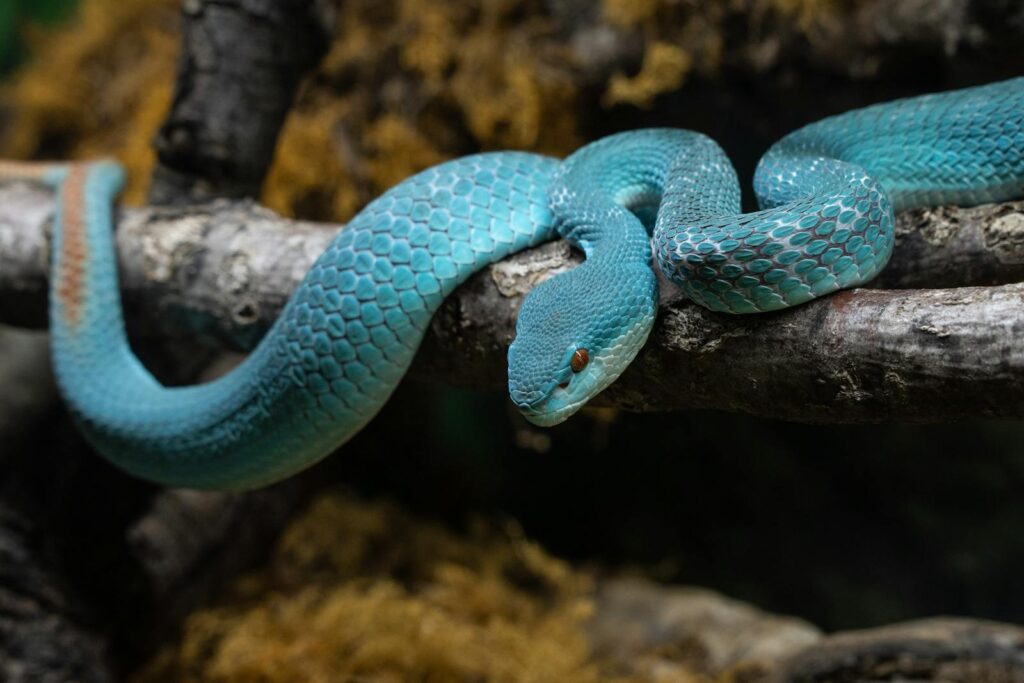
One of the most significant factors affecting snake docility is whether the animal is wild-caught or captive-bred, with the latter typically displaying markedly calmer temperaments. Wild-caught snakes have survived through wariness and defensive behaviors, making them naturally more reactive to potential threats, including human handling. Captive-bred snakes, particularly those from multi-generational breeding programs, have been selectively bred for docile temperaments and have never needed to defend themselves against predators. The difference becomes apparent when comparing wild-caught and captive-bred individuals of the same species—a wild-caught ball python might be significantly more defensive than its captive-bred counterpart. This distinction highlights the importance of both genetic and environmental factors in shaping snake behavior, and explains why reputable breeders emphasize temperament in their breeding programs.
Handling Frequency and Socialization
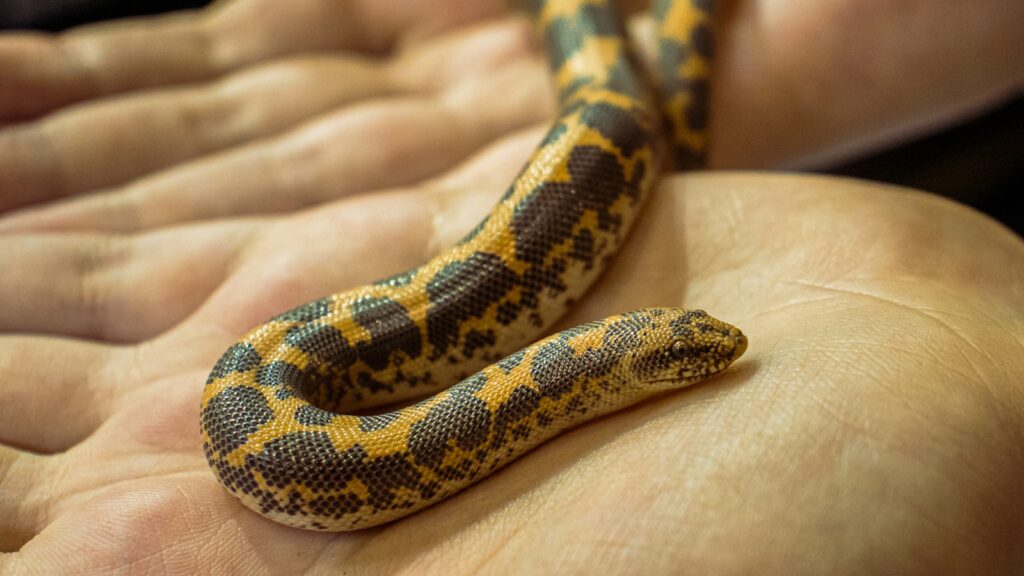
Regular, proper handling plays a crucial role in developing and maintaining docile behavior in captive snakes. Snakes that receive consistent, gentle handling from a young age typically become more tolerant of human interaction and display fewer defensive behaviors when approached or touched. This socialization process works by gradually desensitizing the snake to the initially threatening experience of being lifted and held, teaching the animal that such interactions don’t result in harm. The timing and technique of handling are essential—sessions should be brief initially, gradually increasing in duration as the snake shows signs of comfort. However, not all species respond equally well to handling socialization; while species like corn snakes and ball pythons typically acclimate well to regular handling, others like green tree pythons or certain arboreal vipers may remain defensive regardless of handling frequency due to their evolutionary adaptations and natural behavioral tendencies.
Species-Specific Temperament Traits
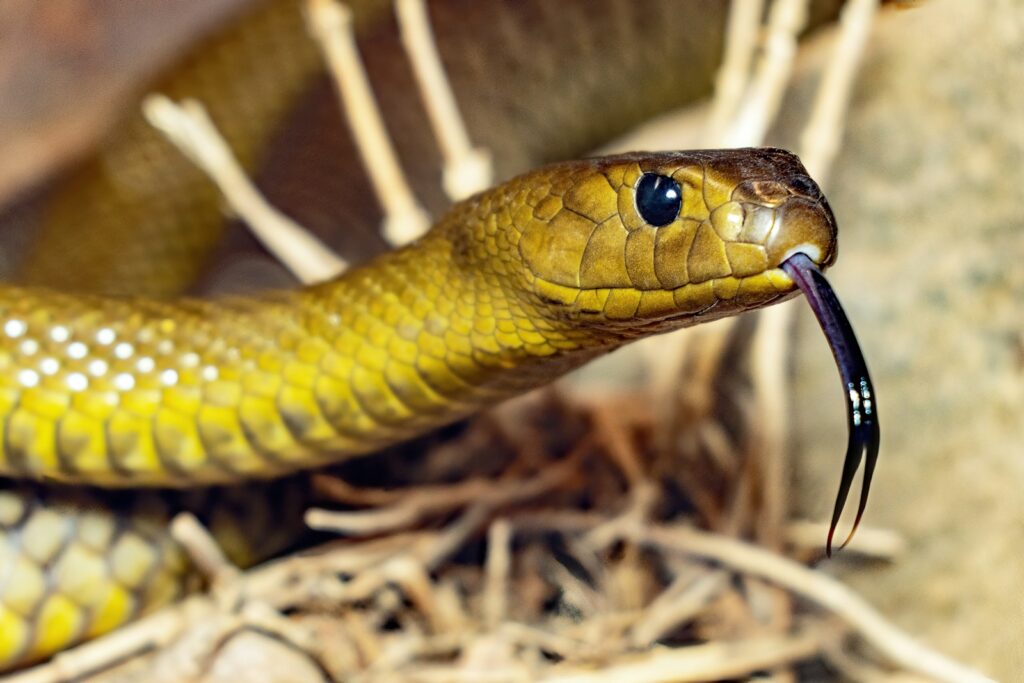
Certain snake species have earned reputations for consistently docile temperaments that make them particularly suitable as pets or for educational purposes. Corn snakes (Pantherophis guttatus) stand out for their remarkably calm disposition, rarely displaying defensive behaviors even when startled, and typically tolerating handling well. Ball pythons (Python regius) have earned their popularity through their generally passive nature and tendency to roll into a ball rather than strike when threatened. King snakes and milk snakes (Lampropeltis species) are known for their adaptability and relatively even temperaments across individuals. On the defensive end of the spectrum, species like the western hognose snake (Heterodon nasicus) employ dramatic bluffing displays including hissing and false strikes, though they rarely follow through with actual bites. These predictable species-specific temperament traits provide a general guideline for expectations, though individual variation always exists within any species.
Individual Personality Differences
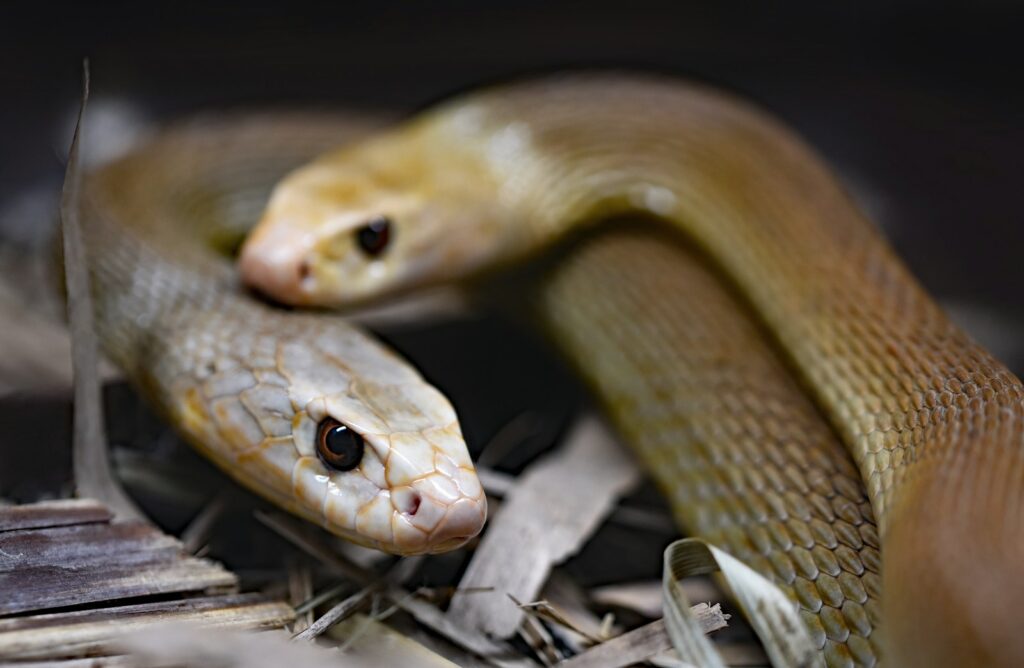
Despite species-specific tendencies, snakes display remarkable individual personality variation that can sometimes override expected behavioral patterns. Even within traditionally docile species like corn snakes, certain individuals may consistently display more defensive or skittish behaviors than their counterparts. These personality differences appear to be influenced by a combination of genetic factors, early developmental experiences, and individual learning history. Research has demonstrated that snakes can exhibit consistent behavioral traits that persist across different situations and timeframes—what scientists recognize as distinct personalities. Some individuals may be naturally more bold or curious, while others tend toward wariness and reactivity. These individual differences highlight the importance of spending time with a specific snake before acquisition if temperament is a primary concern, rather than relying solely on species generalizations.
Environmental Stressors and Their Impact

Environmental factors significantly influence a snake’s perceived docility, with stress being a primary driver of defensive behaviors even in typically calm species. Improper housing conditions—including inadequate hiding spots, inappropriate temperatures, excessive handling, or exposure to loud noises and vibrations—can transform a normally docile snake into a defensive one. Other stressors include inappropriate feeding schedules, presence of potential predators (including other pets), tank placement in high-traffic areas, or frequent substrate changes that eliminate familiar scent markers. These stressors trigger the snake’s fight-or-flight response, leading to behaviors like striking, attempting to flee, or refusing to eat. Understanding and minimizing these environmental stressors is crucial for maintaining docile behavior in captive snakes, as even the most temperamentally calm species will display defensive behaviors when they feel chronically threatened or insecure.
Seasonal and Hormonal Influences
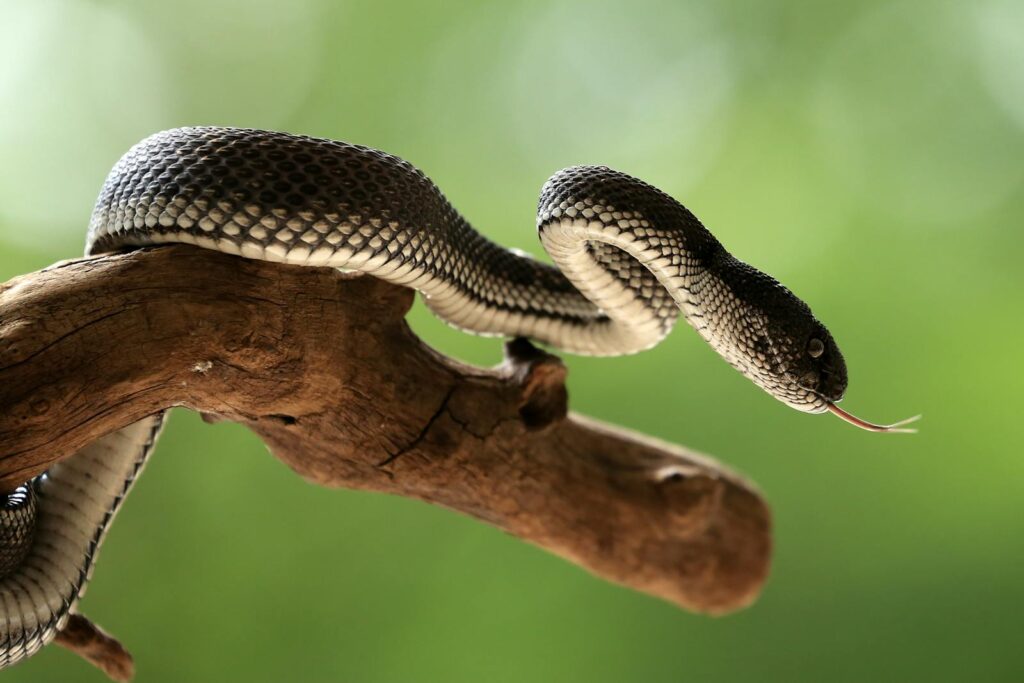
Snake behavior often fluctuates seasonally, with breeding seasons and pre-shedding periods typically associated with changes in temperament. During breeding season, hormonal changes can cause even typically docile males to become more territorial, defensive, or active as they search for mates. Females may become more defensive or reclusive, particularly as they develop eggs or prepare to give birth. The pre-shedding period, known as the “blue phase” due to the cloudy appearance of the snake’s eyes, often correlates with increased defensiveness and irritability as the snake’s vision is temporarily impaired and it feels more vulnerable. Seasonal changes in temperature and daylight hours can also trigger behavioral shifts, especially in species from temperate regions that naturally experience significant seasonal variations. Understanding these cyclical changes helps keepers anticipate and accommodate temporary shifts in temperament without misinterpreting them as permanent behavioral problems.
Feeding Response vs. Defensive Behavior
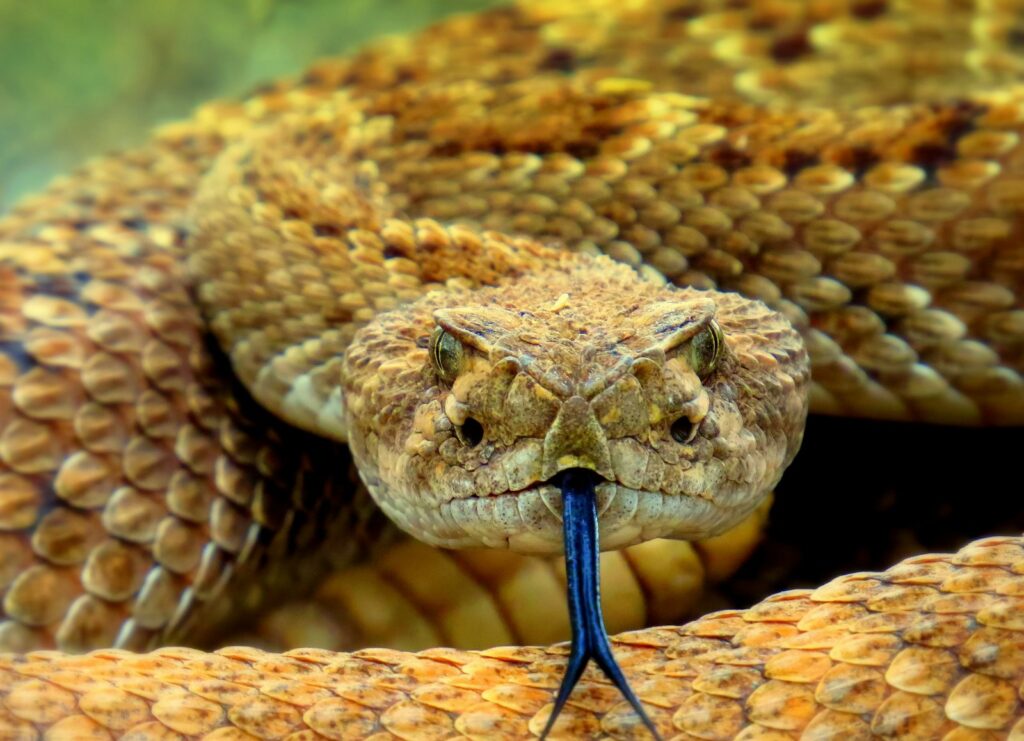
An important distinction when assessing snake docility is differentiating between feeding responses and truly defensive behaviors, as these represent fundamentally different motivational states. Feeding responses—characterized by focused attention, tongue flicking, pursuit behaviors, and strikes aimed at prey—indicate a healthy appetite rather than an aggressive temperament. Many snakes with excellent feeding responses remain perfectly docile during handling sessions when not in “feeding mode.” Defensive behaviors, by contrast, typically include warning signs like body coiling, head elevation, hissing, tail rattling (even in non-rattlesnake species), and striking with a closed mouth or minimal contact. Confusion between these behavioral categories can lead to misunderstanding a snake’s true temperament, particularly in species with enthusiastic feeding responses like king snakes or ball pythons. Proper handling techniques, including avoiding handling during or immediately after feeding, help prevent triggering inadvertent feeding responses that might be misinterpreted as aggression.
Species Selection for Different Experience Levels

For prospective snake owners, matching species temperament to handler experience level is crucial for ensuring positive interactions and proper care. Beginners typically benefit from consistently docile species with straightforward care requirements, with corn snakes, ball pythons, and king snakes being ideal first-time options due to their generally calm dispositions and tolerance of occasional handling mistakes. Intermediate keepers might explore species with more variable temperaments or those requiring more specialized care, such as milk snakes, hognose snakes, or children’s pythons. Advanced keepers with appropriate experience and facilities might work with species known for more defensive temperaments or specialized care needs, including green tree pythons, certain rat snake species, or various dwarf boas. This graduated approach to species selection based on both temperament and care requirements helps ensure that keepers can appropriately address the needs of their animals while minimizing stress for both snake and handler.
Techniques for Assessing Temperament

When selecting an individual snake, several techniques can help assess its unique temperament beyond species generalizations. Observing the snake’s response to various stimuli provides valuable insight—watch how it reacts when its enclosure is opened, when movement occurs nearby, or when gentle touch is applied to its enclosure. A calm snake typically continues normal behaviors or shows curious tongue flicking, while a defensive individual might retreat rapidly, coil defensively, or display warning behaviors. Requesting a handling demonstration from the breeder or store employee allows observation of how the snake behaves during transition from enclosure to hand, how quickly it calms once being held, and whether it explores confidently or attempts to flee. Previous handling history should be discussed with the seller, including frequency of handling and any notable behavioral patterns or changes. These assessment techniques work best when the snake is observed multiple times under different conditions, as single observations may catch the animal during an uncharacteristic behavioral state.
Handling Techniques for Defensive Snakes

Even naturally defensive snake species can often become more tolerant of handling through proper techniques and consistent practice. The foundation of successful handling begins with reading the snake’s body language—proceeding only when the animal is calm and alert, not when displaying defensive postures like coiling, head-hiding, or rapid movements. Using proper support techniques is crucial; snakes should be lifted with gentle but confident movements, supporting their body weight along multiple points rather than dangling or restraining them. For particularly defensive individuals, hook training (using a snake hook to gently lift the animal before transitioning to hand-holding) can reduce defensive reactions by avoiding the threatening direct hand approach. Consistency in handling routine helps defensive snakes develop predictable expectations—short, regular sessions are more effective than infrequent lengthy ones. Most importantly, respecting the snake’s boundaries by ending sessions before the animal becomes overly stressed helps build positive associations with handling over time, gradually improving temperament through positive conditioning.
The Future of Snake Temperament Research
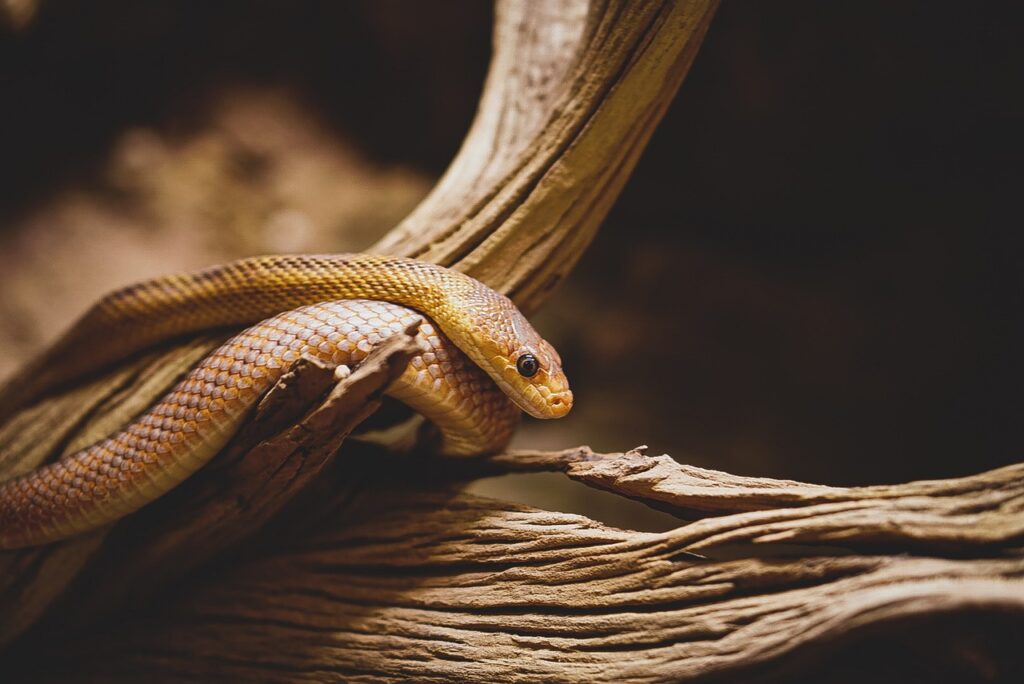
As interest in reptile behavior continues to grow, researchers are developing more sophisticated approaches to understanding the complex factors influencing snake temperament. Recent studies utilizing quantitative behavioral assessments have begun identifying specific genetic markers associated with temperament traits in certain species, opening possibilities for more targeted breeding programs focused on behavioral characteristics. Other research explores how early developmental experiences, including incubation temperatures and handling during critical periods, may permanently influence adult temperament tendencies. Comparative studies across wild and captive populations are providing insight into how captivity itself shapes behavior across generations. These scientific advances promise to enhance our understanding of snake temperament variability and may eventually lead to more predictable and specifically tailored temperament traits in captive-bred snakes. As this field evolves, the knowledge gained continues to improve both the welfare of captive snakes and the quality of human-snake interactions in educational, research, and pet contexts.
Understanding why some snakes are more docile than others involves appreciating the complex interplay of evolutionary history, species-specific traits, individual personality, handling experience, and environmental factors. Whether you’re a seasoned herpetologist or a curious potential snake owner, recognizing these influences helps foster more informed, respectful interactions with these remarkable reptiles. By selecting appropriate species for your experience level, providing proper environmental conditions, and employing gentle, consistent handling techniques, you can cultivate positive relationships even with naturally more defensive snake species. As scientific understanding of snake behavior continues to advance, we gain ever more appreciation for the nuanced temperaments of these fascinating animals, helping to replace fear and misconception with knowledge and respect.



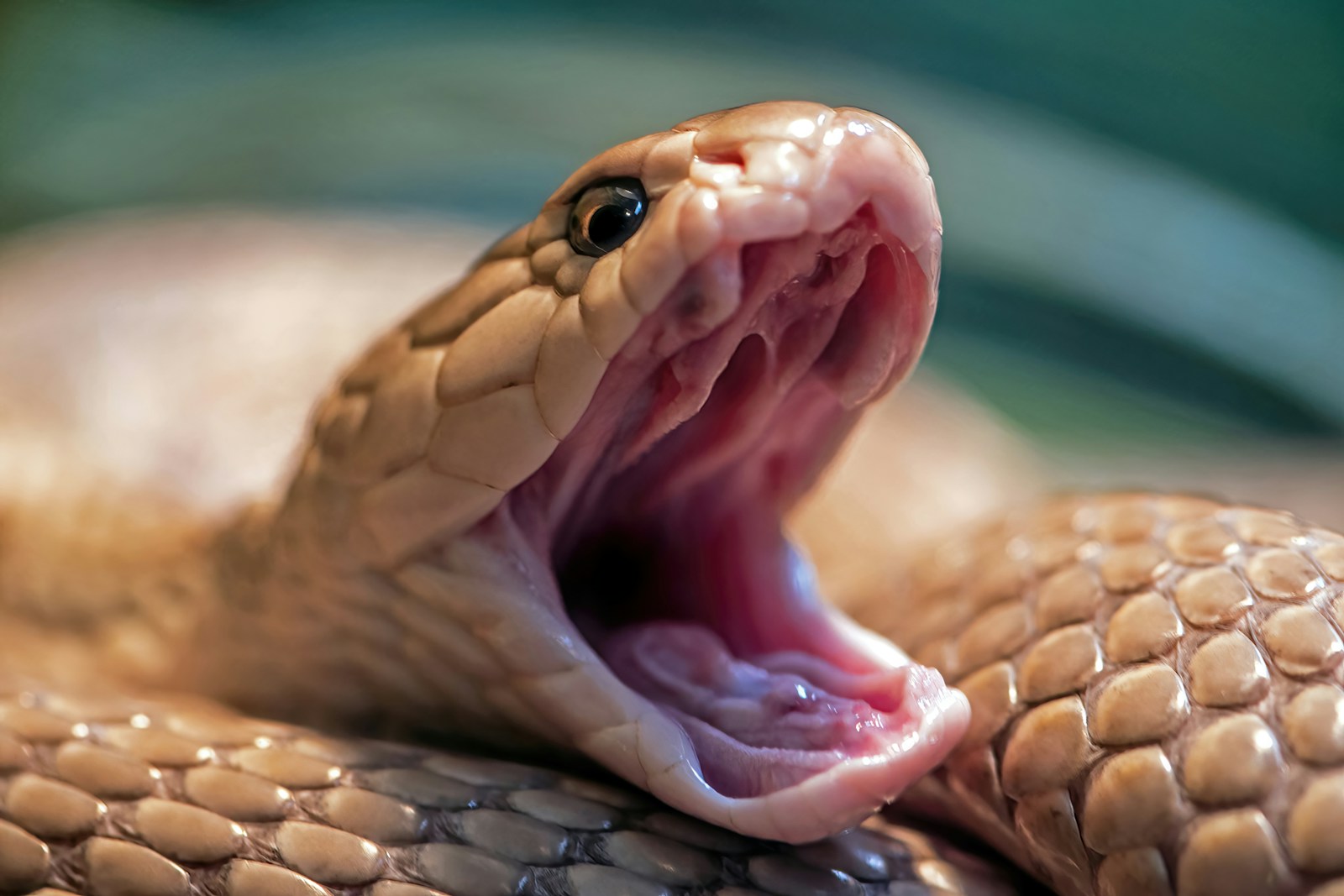



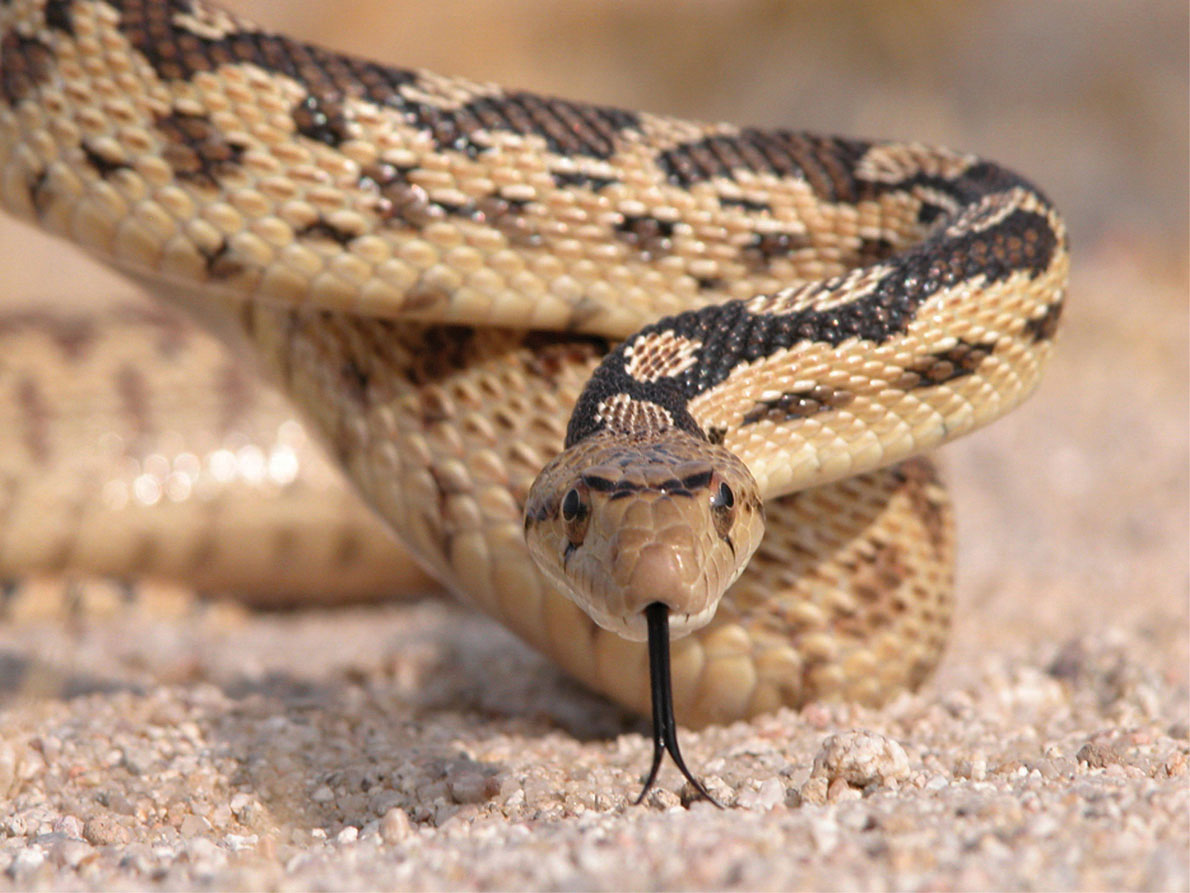
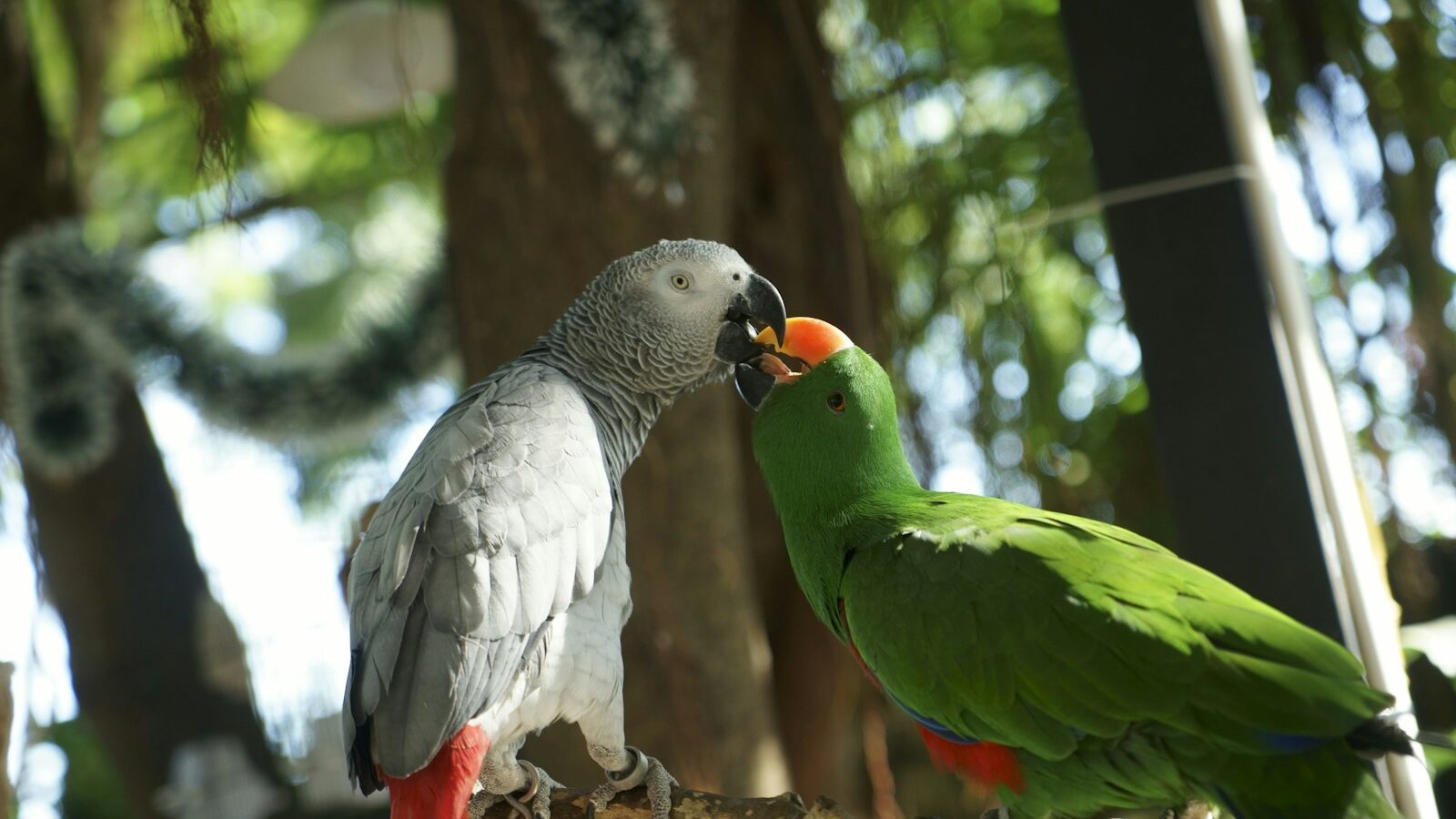
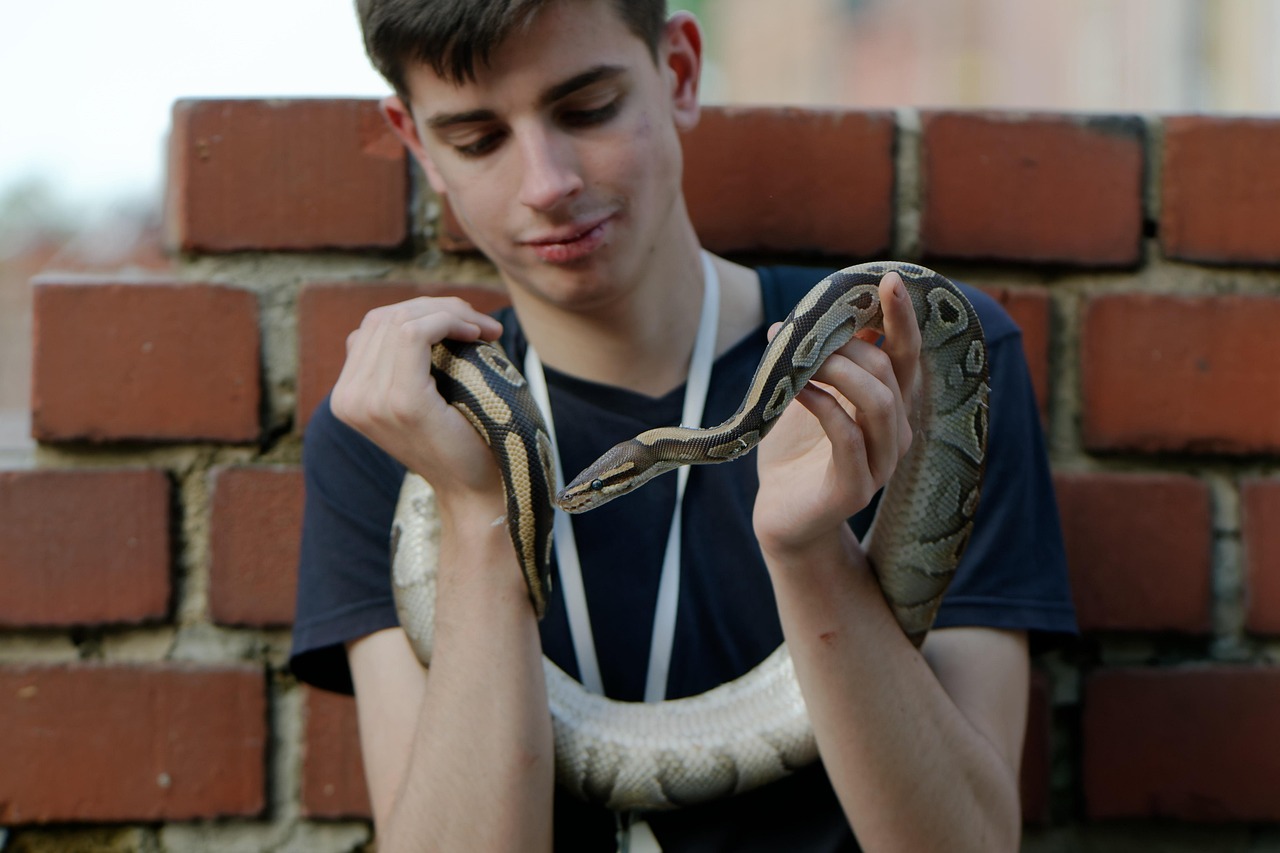
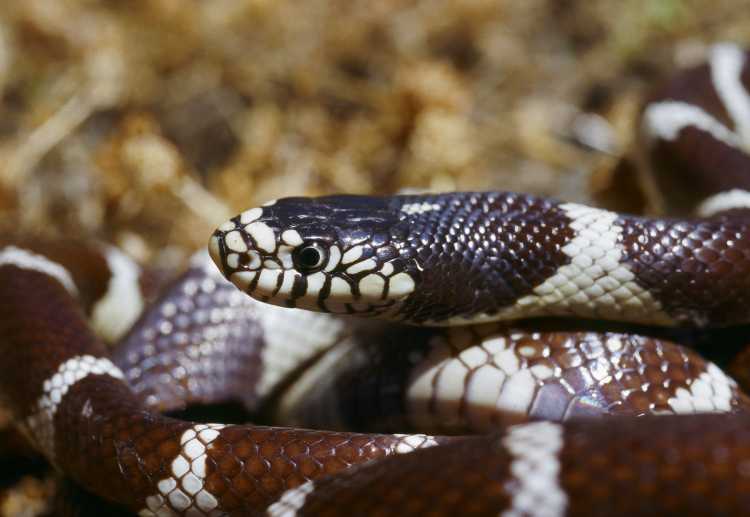




Leave a Reply